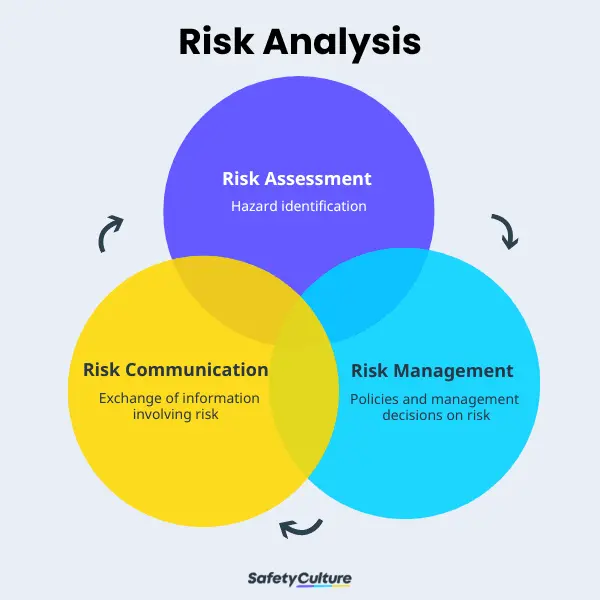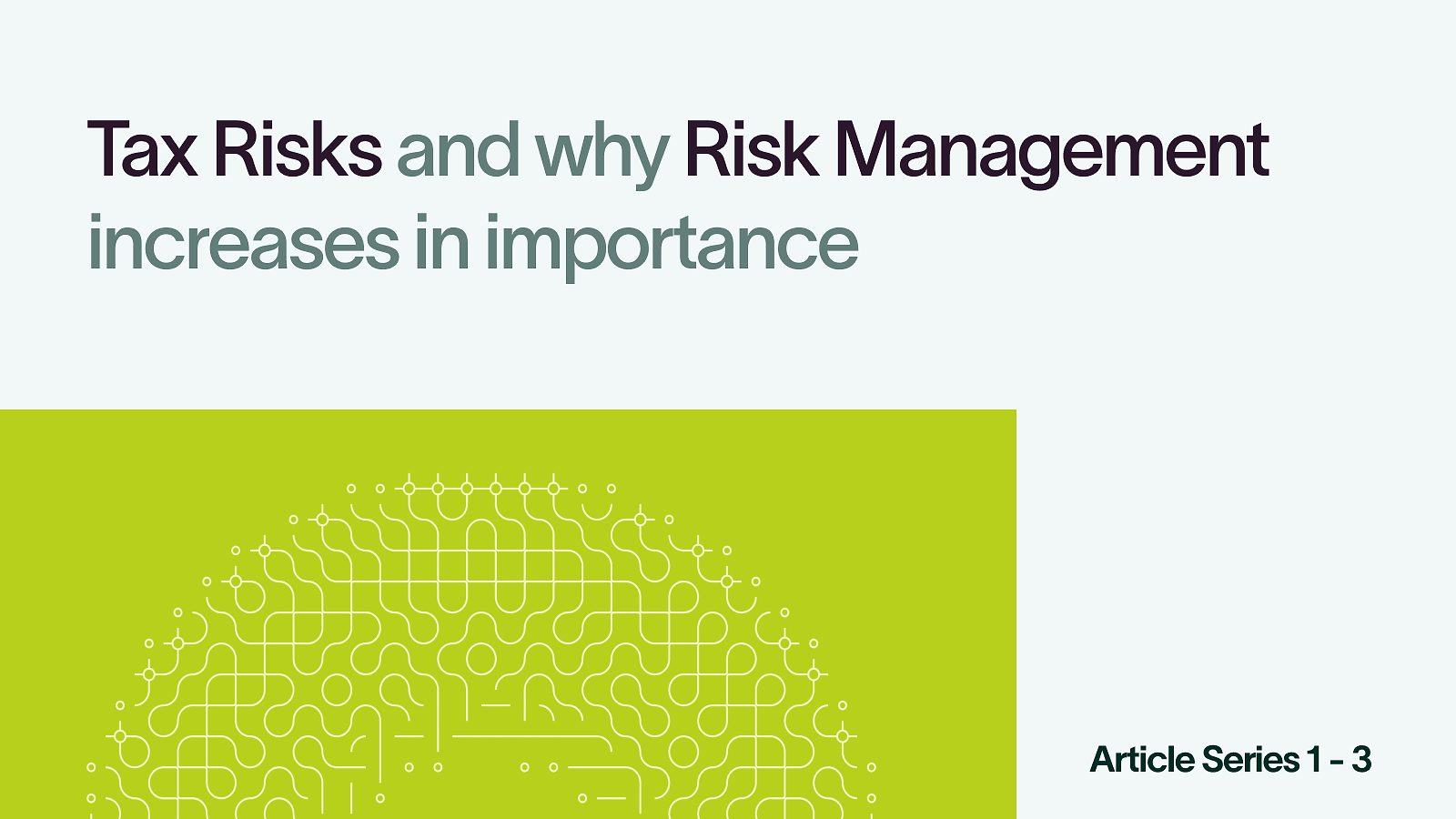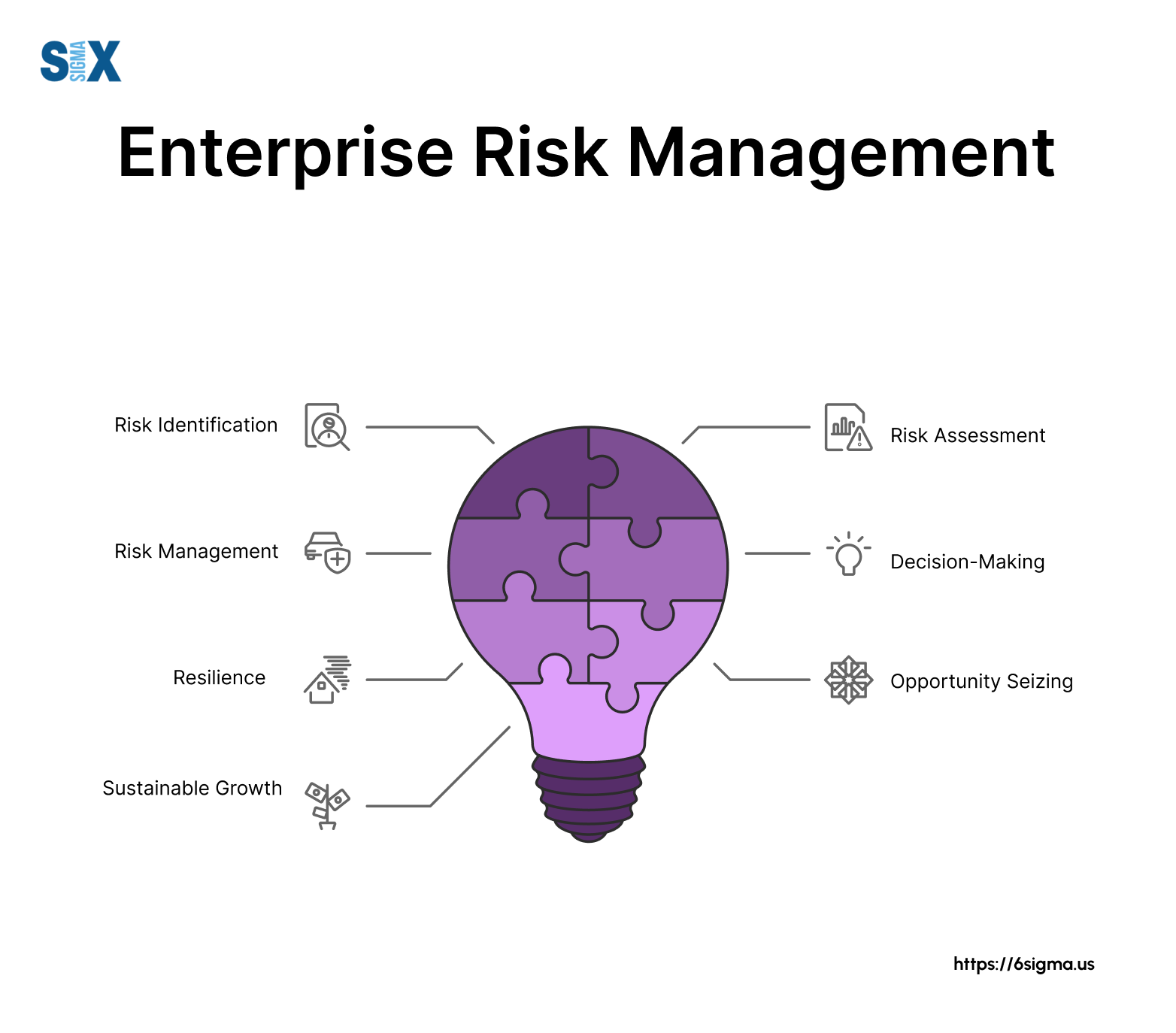The Essential Significance of Risk Management in Getting Organizational Goals
In the swiftly progressing business landscape, the capability to navigate unpredictability has become an essential. This is where Risk Management actions in, supplying a structured approach to recognizing, assessing, and mitigating prospective roadblocks to advance. It's greater than just a protective procedure - it's a calculated device, cultivating strength and innovation. As we discover the essential role of Risk Management in attaining organizational objectives, one can't wonder but assist: how does this convert into real-world success?
Recognizing the Idea of Risk Management in Business

The Indispensable Duty of Risk Management in Strategic Preparation
Integrating Risk Management right into critical preparation acts as a guard for companies, securing their long-term strategies with a strong foundation of preparedness and resilience. Risk Management supplies a structure for preparing for uncertainties and creating suitable feedbacks, making sure the organization's survival and success also in the face of misfortune. By integrating Risk Management right into calculated planning, organizations can change these unpredictabilities into chances for development and innovation.

Methods for Identifying, Assessing, and Prioritizing Risks
Browsing the complicated landscape of risks needs the application of details methods for their analysis, prioritization, and identification. The procedure begins with Risk recognition, employing tools such as SWOT evaluation, which assists in determining potential dangers and possibilities. Next, Risk assessment is carried out to identify the potential influence and chance of each Risk. Devices such as Risk matrices and impact-probability charts are utilized for this. Finally, view it dangers are prioritized based on their prospective influence and probability, permitting organizations to concentrate their sources on critical threats. This methodical approach makes sure a thorough understanding of the Risk landscape, enabling organizations to make enlightened decisions and effectively manage threats to accomplish their goals - importance of risk management.
Protecting Business Workflow Through Reliable Risk Management
In the service landscape fraught with unpredictabilities, efficient Risk Management plays a pivotal role in securing organizational operations. By identifying and assessing potential threats, Risk Management enables organizations to develop durable contingency plans. Organizations need to invest in detailed Risk Management methods to protect their procedures.

Transforming Prospective Threats to Opportunities: The Power of Risk Management
While potential hazards may originally look like roadblocks to business success, efficient Risk Management can transform them right into opportunities. An aggressive method to risk Management includes identifying, examining, and prioritizing threats to design methods that transform them into prospective advantages. This process necessitates the growth of a risk-aware culture within the organization, motivating individuals to watch threats as potential drivers for modification and development, instead of plain risks. importance of risk management. Via this lens, possible hazards come to be chances to innovate, improve procedures, and strengthen durability. Thus, by leveraging the power of Risk Management, organizations can not only guard their procedures yet additionally spur growth and attain their goals in an unforeseeable organization atmosphere.
Case Studies: Success Stories of Risk Management Driving Service Objectives
Successful application of Risk Management techniques has yielded outstanding results in various businesses, highlighting the merits of this strategy. Multinational firms like Microsoft and Google, as an example, have leveraged Risk Management to minimize risks and manipulate chances, driving their service purposes ahead. Microsoft's proactive Risk Management approach site link assisted it pivot swiftly throughout the 2020 pandemic, transitioning to remote job smoothly, thereby preserving performance. Google, by evaluating and mitigating possible threats in its cloud-based solutions, has actually ensured continuous solution, consequently enhancing customer trust fund. These examples illustrate exactly how successful Risk Management can not just steer businesses free from prospective challenges however likewise assist them in the direction of their tactical goals. Hence, Risk Management is indispensable to the more quest of business goals.
Conclusion
In conclusion, Risk Management is basically crucial in accomplishing business goals. By including Risk Management into tactical planning, companies can much better navigate unpredictabilities, secure operations, and capitalise on opportunities, thus straightening with long-term goals.
At its core, Risk Management is the procedure of recognizing, analyzing, and attending to potential dangers that can adversely influence an organization's purposes or procedures. Next, Risk assessment is performed to identify the possible effect and probability of each Risk. Risks are focused on based on their possible impact and probability, enabling organizations to focus their sources on critical dangers. By recognizing and examining potential threats, Risk Management enables organizations to develop robust backup strategies. An aggressive approach to run the risk of Management includes recognizing, evaluating, and prioritizing risks to create strategies that turn them into possible advantages.